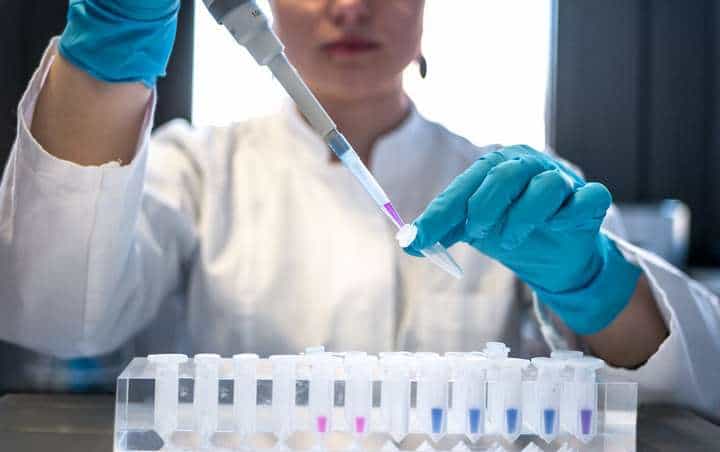If there is anything the last two years have taught us, it is that the discovery and development of new drugs is one of the most integral areas of science today.

With humans living longer than ever before (901 million of the global population are over 60, with the number projected to reach 1.4 billion by 2030), there is far more chance and time to be exposed to diseases both already known and entirely new. To maintain our health and have a good quality of life, drug discovery is essential to counteract new and previously known untreatable diseases and the resistance and metabolisms that various people have grown against drugs already in the cycle.
Having said this, the drug discovery sector has not exactly been easy on scientists. An estimated $1.5 billion price tag lingers over every search for new drugs, most of which is being spent on development, approval, and therapies (90% of therapies fail between the phase I trials and regulatory approval).
What Is Being Used To Help Scientists In The Field?
This is why AI has become so critical for the continued work of drug discovery. As of today, there are various components of AI that are being used by scientists. For example, AI drug discovery with Cerella has managed to overcome limitations in data, reduce costs in the research and development stages, as well as accelerate the cycles of drug discovery.
Ordinarily seen as a product of science fiction, the concept of AI was first invented by legendary pioneer John Mccarthy, who demonstrated the definition of artificial intelligence at a conference at Dartmouth College in 1956. Since then, the growth of computer-processing power has been rapid and groundbreaking, allowing the development of advanced algorithms and data sets to create vast steps in the road to machine learning.
Subsequently, this has led to what is known as “narrow AI.” Put simply, this is AI that can focus on specific tasks, such as analyzing data, generating text, and replicating the ability of the human brain in the context of chosen fields. So far, those fields have primarily been in commerce, computer tech, and autonomous assistance, but in the last couple of decades, AI has expanded into medically-based areas, such as drug discovery.
Today, as with the Cerella software, the drug discovery process has become cheaper and far more efficient. For instance, a recently published analysis has shown that companies using AI have as many as 150 small-molecule drugs currently in discovery, with a further 15 already in clinical trials. This has similarly led to an AI-fueled expansion rate of almost 40% per annum.
How Does AI Work With Drug Discovery?
The AI utilization within drug discovery has undeniably revolutionized the field, with an ability to pinpoint high-quality compounds, find previously hidden opportunities, and prioritize the most sustainable and long-term drug experiments. Using the Cerella software as an example, four key traits have aided in this revolution:
- Ability to fill in missing data to highlight compounds
- Flag outliers and false negatives
- Accurately predict complex endpoints
- Dramatically cut cost and time by adding value and helping to translate AI insights
With this sort of aid, pharma and biotech organizations have been able to up their efficiency, speed, and success rate, which has subsequently led to improvement not only with individual project-level companies but also in global compound data repositories too.
In this way, it is important that all pharma and biotech companies now take note of what others are doing in the sector and efficiently plan ahead for the future. Experts predict that AI will outperform humans in most industries by 2032, and the next five or so years will be clinical for public awareness of AI in the drug discovery field.
Of course, the applications of AI are diverse, and every company will first need to ascertain where and how it can drive the most value. One thing is for sure. However, the value AI can drive is only just being tapped, and its possibilities are immeasurable. For drug discovery, the future lies ahead.





